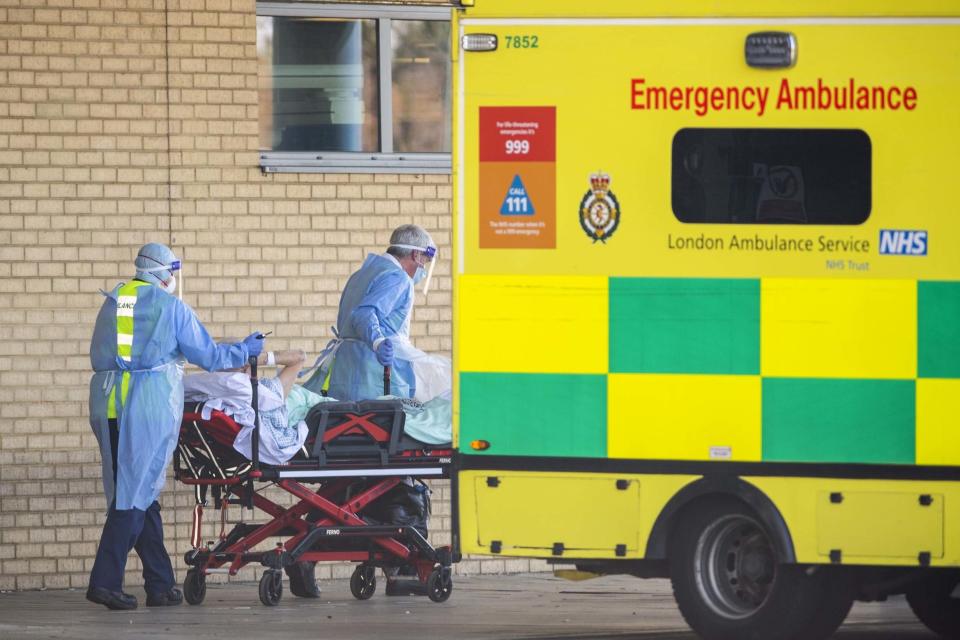Coronavirus R number could be as high as 1 in England as infection rate rises, new figures show

The rate of coronavirus infection in England has edged up since last week and could now be as high as 1, according to new figures published by the Government.
Data released on Friday by the Government Office for Science and the Scientific Advisory Group for Emergencies (Sage) showed that the R value, which is the number of people each Covid-19 positive person goes on to infect, is currently between 0.8 and 1, up from between 0.8 and 0.9 last week.
However, the growth rate of Covid-19 transmission in the UK overall has dropped slightly in the last week, the figures revealed.
The rate has fallen to between minus 5 per cent and minus 2 per cent per day, compared with a rate of minus 6 per cent to 0 per cent per day last week.
The growth rate reflects how quickly the number of infections is changing day by day and, as the number of infections decreases, it is a way of keeping track of the virus.
If the growth rate is greater than zero, and therefore positive, then the disease will grow, and if the growth rate is less than zero, then the disease will shrink.
Despite the overall figure for the UK falling, there is some regional variation in the growth rate.
In the East of England, it rose from between minus 5 per cent to 0 per cent last week, to between minus 4 per cent and plus 1 per cent, indicating the rate of spread of the disease is growing in the area.
In the South West, by comparison, the growth rate dropped from between minus 7 per cent and plus 2 per cent to between minus 6 per cent and plus 1 per cent.
And in England as a whole, the growth rate is between minus 4 per cent and minus 1 per cent, compared with between minus 5 per cent and minus 2 per cent last week.
Sage, for its part, commented that when case numbers fall to low levels, then “estimates of R and the growth rate become insufficiently robust to inform policy decisions”.
It added: “When case numbers are low uncertainty increases and fluctuations in the data can have a significant impact on the estimates.
“Furthermore, when there is a significant amount of variability across a region, for example due to a local outbreak, then a single average doesn’t accurately reflect the way infections are changing throughout the region.”
Commenting on the figures, Professor James Naismith, director of the Rosalind Franklin Institute, said: “That the number of cases is falling slightly is to be welcomed.
“This suggests, that so far, relaxation of the lockdown has not precipitated a second wave.
“It has to be emphasised that no one knows what the safe level of relaxation is for the UK and there is a delay between action and consequence. The virus is here and we could easily see a surge in cases if a mistake is made.”
He added: “These numbers also tell us that we are unlikely to eliminate the virus from the UK before the winter.
“In any event the virus has become global, without a vaccine we have to plan for its presence.
“It seems likely that the onset of colder weather will see the virus begin to spread more rapidly.
“We have a short breathing space to get ourselves organised to cope with the winter.”
Read more
PM faces grilling from the public as quarantine rules eased- LIVE

 Yahoo News
Yahoo News 